

Preserve It Fresh, Preserve It Safe: 2022, No. 6 (November/December)
New
Learn how to safely preserve foods for the holidays, including tips on canning, pickling, and handling home-processed gifts for safe consumption.

Tiger Card (Bundle of 50)
Reviewed $26
This promotional piece is intended for Family Nutrition Education Program employees to use as needed.
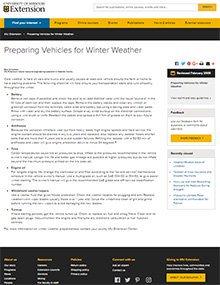
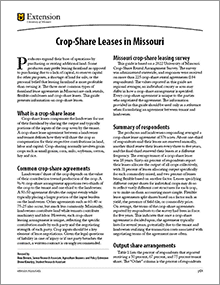
Crop-Share Leases in Missouri
Revised
Producers expand their base of operations by purchasing or renting additional land. The three most common types of farmland lease agreements in Missouri are cash rentals, flexible-cash leases and crop-share leases. This guide presents information on crop-share leases.
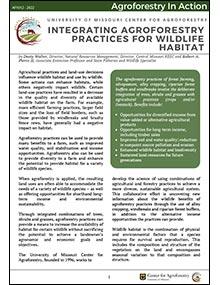
Integrating Agroforestry Practices for Wildlife Habitat
Revised
Learn how to incorporate management of trees, shrubs and grasses with your current farm practices to benefit white-tailed deer, eastern wild turkey, bobwhite quail, waterfowl and mourning doves.
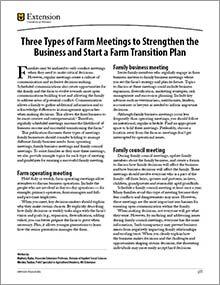
Three Types of Farm Meetings to Strengthen the Business and Start a Farm Transition Plan
New
Use operating, business and family council meetings to build a culture of communication and inclusive decision-making in your family business. Find guidelines for running a successful family meeting, and when to use different meetings in this publication.
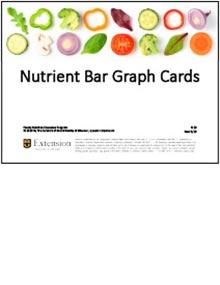
Nutrient Bar Graph Cards
New $30
Explore over 40 colorful nutrient bar graph cards to compare daily values of key nutrients in various foods, aiding effective nutrition education.
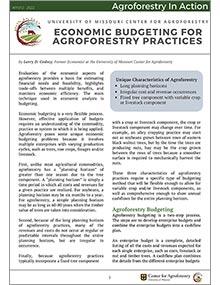
Economic Budgeting for Agroforestry Practices
Revised
See the steps and examples you can follow to develop enterprise budgets, create a cashflow plan and estimate economic indicators for agroforestry practices.

Growing Shiitake Mushrooms in an Agroforestry Practice
Revised
Cultivating shiitake mushrooms represents an opportunity to utilize healthy low-grade and small-diameter trees thinned from woodlots as well as healthy branch-wood cut from the tops of harvested saw-timber trees. When the mushrooms are collected and marketed, the result is a relatively short-term payback for long-term management of wooded areas.
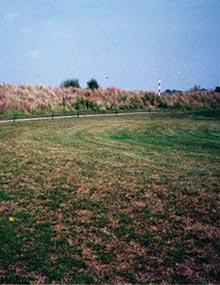
Identification and Management of Turfgrass Diseases, Page 08
Reviewed
Learn to identify and manage dollar spot, a common turfgrass disease affecting bentgrass and bluegrass, with symptoms, conditions, and control methods.
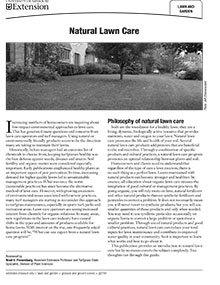
Natural Lawn Care
Reviewed
Learn lawn care practices that promote soil health, reduce the need for synthetic products, and improve water quality for a healthier, eco-friendly lawn.
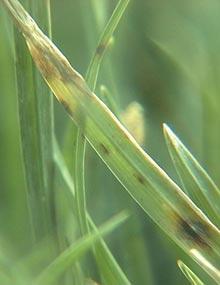
Identification and Management of Turfgrass Diseases, Page 11
Reviewed
Gray leaf spot, also called blast, occurs in most areas of the country where perennial ryegrass is grown. Disease development is sporadic with little or no disease development in some years. Nevertheless, the potential destructiveness of gray leaf spot forces many turfgrass managers to apply preventive fungicide applications every year.
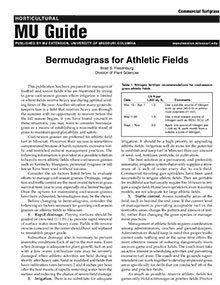
Bermudagrass for Athletic Fields
Reviewed
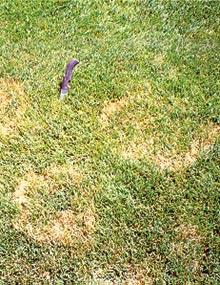
Identification and Management of Turfgrass Diseases, Page 14
Reviewed
Rhizoctonia zeae forms pink to orange bulbils (resting structures). The fungus has been observed with increasing frequency since the early 2000s.
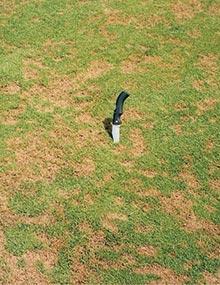
Identification and Management of Turfgrass Diseases, Page 17
Reviewed
Pythium foliar blight is one of the most feared turfgrass diseases, because the disease develops rapidly during periods of high temperature and high relative humidity. If left untreated, extensive loss of turf can occur in a few days.
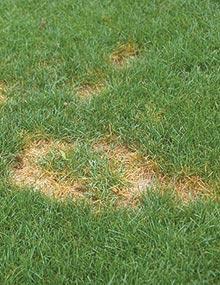
Identification and Management of Turfgrass Diseases, Page 20
Reviewed
Summer patch, sometimes referred to as frogeye patch, is a destructive disease of Kentucky bluegrass maintained for golf course fairways, green surrounds, parks and residential landscapes
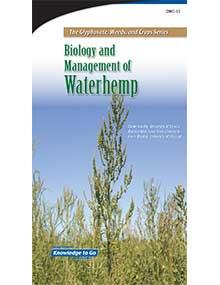
Biology and Management of Waterhemp
Reviewed
Editor’s note
The following abstract describes a publication that is only available as a downloadable PDF.
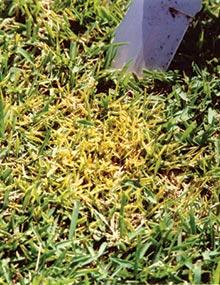
Identification and Management of Turfgrass Diseases, Page 23
Reviewed
Yellow tuft is a cool-season disease that is commonly observed on creeping bentgrass and intensively managed Kentucky bluegrass.

Identification and Management of Turfgrass Diseases
Reviewed
This publication is designed to be a useful reference for diagnosticians, turfgrass managers, industry representatives and others who want to learn how to diagnose and manage common turfgrass diseases caused by plant pathogenic fungi.
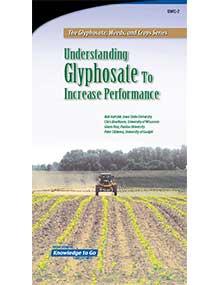
Understanding Glyphosate to Increase Performance
Editor’s note
The following abstract describes a publication that is only available as a downloadable PDF.
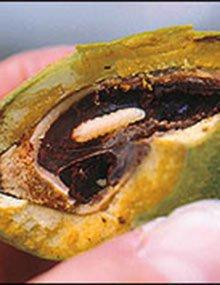
Pecan Pest Management: Insects and Diseases
Reviewed
This guide details pecan insect pests and diseases that can cause economic losses to Missouri producers.
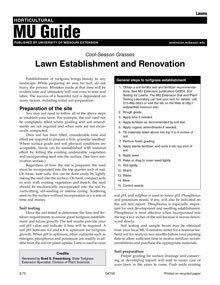
Cool-Season Grasses: Lawn Establishment and Renovation
Reviewed
Learn how to successfully establish or renovate cool-season grass lawns with proper soil preparation, seeding techniques, and essential fertilization steps.
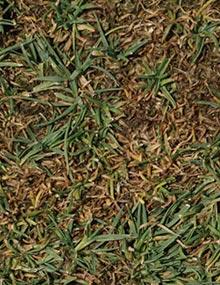
Identification and Management of Turfgrass Diseases, Page 03
Reviewed
Guidelines on managing turfgrass diseases, focusing on key prevention strategies such as proper fertilization, mowing, and fungicide use.
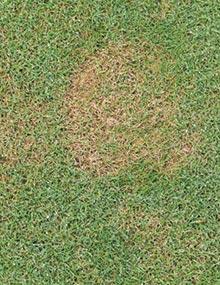
Identification and Management of Turfgrass Diseases, Page 06
Reviewed
Copper spot is a foliar disease of bentgrass, with severest outbreaks occurring on velvet bentgrass. It also occurs sporadically on creeping bentgrass greens and higher cut creeping bentgrass tees and fairways. Gloeocercospora sorghi causes a leaf spot of bermudagrass and zoysiagrass as well.
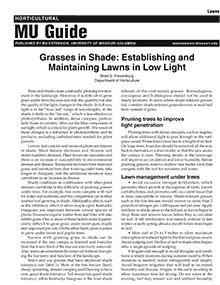
Grasses in Shade: Establishing and Maintaining Lawns in Low Light
Reviewed
Growing grass under trees is hard because the quality as well as the quantity of light changes in the shade. Learn what grass species and cultivars are shade-tolerant and how to manage a shady lawn in this University of Missouri Extension guide.